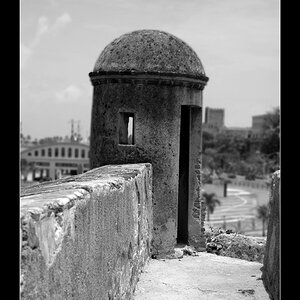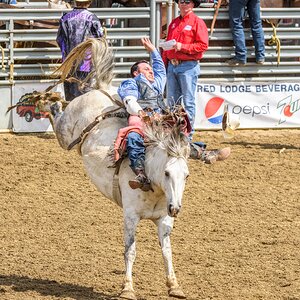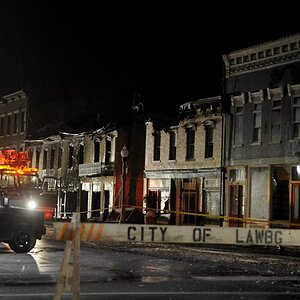Tolyk
TPF Noob!
- Joined
- Aug 10, 2006
- Messages
- 531
- Reaction score
- 7
- Location
- Calgary, Alberta
- Can others edit my Photos
- Photos OK to edit
Does anyone have any rules of thumb for when to use different ISO film (or settings on a D SLR)
I'm new to using film and really don't know what I'm doing *chuckle*
I'm new to using film and really don't know what I'm doing *chuckle*


![[No title]](/data/xfmg/thumbnail/38/38294-cb4a5aa0ded725d4c694e6eebe276f0d.jpg?1619738564)





![[No title]](/data/xfmg/thumbnail/42/42462-2adb6efc01a19638fca25cd3000f5575.jpg?1619740192)




